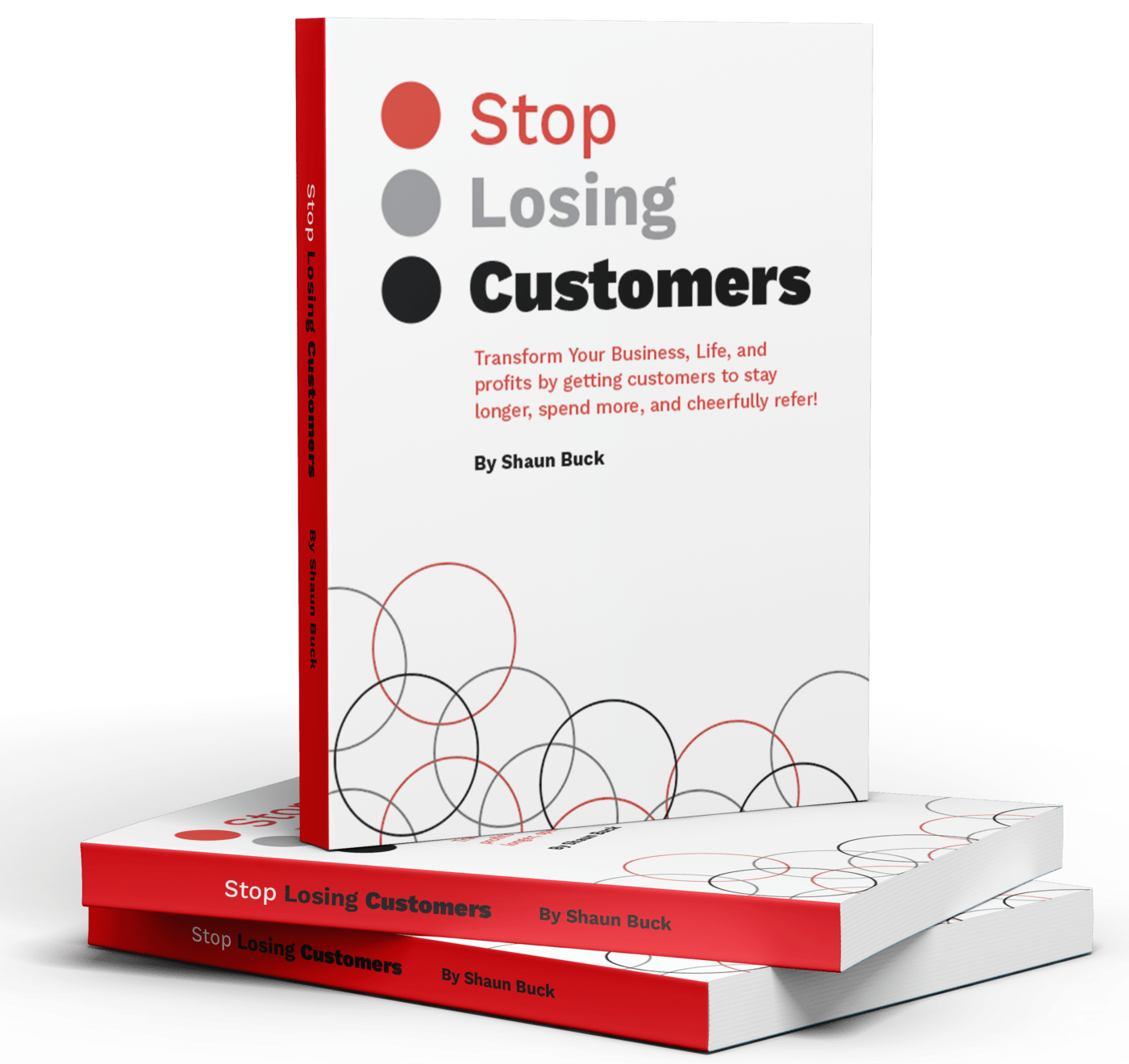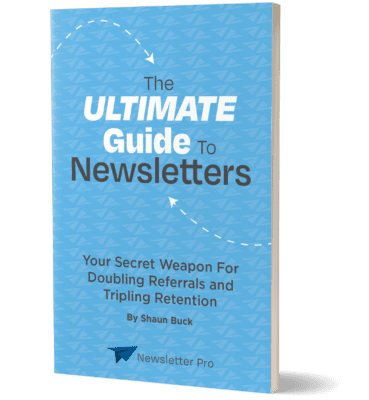Content curation is an invaluable skill in today’s digital landscape. By effectively gathering, organizing, and sharing high-quality content, you can provide value to your audience and establish yourself as a thought leader in your niche. This guide will walk you through the essential steps to mastering content curation.
What is Content Curation?
Content curation is the process of discovering, compiling, and sharing relevant content with your audience. Unlike content creation, which involves generating original material, curation focuses on sifting through the vast amounts of information available online to find the most valuable pieces.
Discovering Content
Discovering content involves searching for relevant information that aligns with your audience’s interests. This can be done through various channels such as social media, industry blogs, news websites, and more. The goal is to find high-quality, credible sources that provide value.
Compiling Content
Once you’ve discovered valuable content, the next step is to compile it in an organized manner. This could involve categorizing content by topic, format, or relevance. Tools like Evernote or Google Keep can be helpful for keeping your curated content organized.
Sharing Content
Sharing content is the final step in the curation process. This involves distributing the compiled content through various channels such as social media, newsletters, or your website. It’s important to tailor the way you share content to fit the platform and audience.
The aim is to deliver content that resonates with your audience, saving them the time and effort of searching for it themselves. This not only enhances your credibility but also keeps your audience engaged and informed.

Why Content Curation Matters
Content curation offers several benefits:
- Saves Time: Your audience doesn’t have to wade through endless content to find valuable information.
- Builds Authority: Sharing insightful and relevant content positions you as a knowledgeable resource in your field.
- Enhances Engagement: Curated content can spark discussions, comments, and shares, increasing your reach.
Saves Time
In today’s fast-paced digital world, time is a precious commodity. By curating content, you save your audience the hassle of sifting through endless amounts of information. This not only helps them but also positions you as a valuable resource.
Builds Authority
When you consistently share high-quality, relevant content, you establish yourself as an authority in your niche. People start to trust your judgment and look to you for insights. This builds your reputation and can lead to new opportunities.
Enhances Engagement
Curated content has the potential to spark conversations and engagement. When you share content that resonates with your audience, they are more likely to interact with it through likes, comments, and shares. This increases your reach and fosters a sense of community.
Step-by-Step Guide to Mastering Content Curation
Step 1: Identify Your Audience
Before you start curating content, it’s crucial to understand who your audience is. Knowing their preferences, pain points, and interests will guide your curation efforts and ensure that the content you share is relevant.
Research Your Audience
Conduct surveys or use analytics tools to gather data on your audience’s demographics, interests, and behaviors. This information will help you tailor your content curation strategy to meet their needs.
Create Audience Personas
Develop detailed personas that represent different segments of your audience. These personas should include information like age, occupation, interests, and pain points. Use these personas to guide your content selection.
Monitor Audience Feedback
Regularly check comments, messages, and other forms of feedback from your audience. This will give you insights into what they find valuable and what they need more of. Adjust your curation strategy accordingly.
Step 2: Choose Reliable Sources
The quality of your curated content depends on the reliability of your sources. Follow reputable websites, influencers, and industry leaders to gather trustworthy information. Tools like Feedly, Flipboard, and Pocket can help you manage and organize your sources.
Vet Your Sources
Not all sources are created equal. Make sure to vet each source for credibility and reliability. Check for factors like author expertise, publication reputation, and the accuracy of the information provided.
Diversify Your Sources
Relying on a single source can limit the variety and richness of your curated content. Follow multiple sources to ensure a well-rounded selection of content. This also reduces the risk of missing out on important information.
Use Content Aggregators
Content aggregators like Feedly and Flipboard can help you keep track of multiple sources in one place. These tools allow you to organize your sources and easily access the latest content from each one.
Creating a Content Curation Strategy
Define Your Goals
What do you hope to achieve with your content curation efforts? Whether it’s increasing engagement, driving traffic, or building authority, having clear goals will guide your strategy.
Set Specific Goals
Your goals should be specific, measurable, achievable, relevant, and time-bound (SMART). For example, aim to increase your social media engagement by 20% over the next three months through curated content.
Align Goals with Business Objectives
Ensure that your content curation goals align with your overall business objectives. If your business aims to increase brand awareness, your content curation efforts should focus on sharing content that highlights your expertise and industry knowledge.
Review and Adjust Goals
Regularly review your goals to ensure they remain relevant and achievable. Adjust them as needed based on your performance and any changes in your business objectives or audience needs.
Plan Your Content Mix
Your curated content should be a mix of different formats and topics that cater to your audience’s interests. This could include blog posts, videos, infographics, and more.
Diversify Content Formats
Different types of content resonate with different segments of your audience. Include a mix of blog posts, videos, infographics, podcasts, and other formats to cater to varying preferences.
Cover Various Topics
Your audience likely has diverse interests within your niche. Curate content on a range of topics to keep them engaged and informed. This also shows that you have a broad understanding of your industry.
Balance Evergreen and Trending Content
Evergreen content remains relevant over time, while trending content captures current interest. A balance of both ensures that your content is both timely and valuable in the long run.
Schedule Your Posts
Consistency is key in content curation. Use scheduling tools like Buffer or Hootsuite to plan and automate your posts. This ensures a steady stream of content without overwhelming your audience.
Use Scheduling Tools
Scheduling tools like Buffer and Hootsuite allow you to plan your posts in advance. This ensures a consistent posting schedule and saves you time. You can also analyze the best times to post for maximum engagement.
Create a Content Calendar
A content calendar helps you plan your curation efforts over a longer period. It ensures that your content is balanced and aligns with your goals. You can also coordinate your curated content with other marketing activities.

Monitor and Adjust the Schedule
Regularly monitor the performance of your scheduled posts. Adjust your posting schedule based on engagement metrics and audience feedback. This ensures that your content remains relevant and engaging.
Add Your Insights
Simply sharing content isn’t enough. Add your own insights, opinions, or commentary to provide additional value. This not only shows your expertise but also encourages engagement from your audience.
Provide Context
When sharing content, provide context that explains why it’s relevant to your audience. This helps them understand the importance of the information and how it relates to their interests or needs.
Share Your Opinions
Adding your opinions or analysis can make the content more engaging. It shows that you have a deep understanding of the topic and are willing to share your perspective. This can also spark discussions and interactions.
Encourage Engagement
Ask questions or prompt discussions when sharing curated content. This encourages your audience to engage with the content and share their own opinions. It also fosters a sense of community and connection.
Measuring the Success of Your Content Curation
Track Engagement Metrics
Monitor likes, shares, comments, and other engagement metrics to understand how your audience is interacting with your curated content. Tools like Google Analytics and social media insights can provide valuable data.
Use Analytics Tools
Tools like Google Analytics and social media insights provide detailed data on engagement metrics. Use these tools to track metrics like likes, shares, comments, and click-through rates. This helps you understand what content resonates with your audience.
Set Engagement Benchmarks
Set benchmarks for engagement metrics based on your goals and past performance. This gives you a standard to measure against and helps you identify areas for improvement. Regularly review and adjust these benchmarks as needed.
Analyze Engagement Patterns
Look for patterns in your engagement data to understand what types of content perform best. Analyze factors like content format, topic, and posting time to identify trends. Use this information to refine your content curation strategy.
Analyze Traffic
Check how much traffic your curated content is driving to your website or social media profiles. This can help you identify which types of content resonate most with your audience.
Monitor Website Traffic
Use tools like Google Analytics to track the traffic generated by your curated content. Look at metrics like page views, bounce rate, and time spent on page to understand how visitors are interacting with your content.
Track Social Media Traffic
Social media platforms provide insights into how much traffic your posts are driving. Monitor metrics like link clicks and profile visits to gauge the effectiveness of your curated content on social media.
Identify High-Performing Content
Identify the content that drives the most traffic to your website or social media profiles. Analyze what makes this content successful and look for ways to replicate its success in future curation efforts.
Adjust Your Strategy
Based on your findings, adjust your content curation strategy as needed. Experiment with different types of content, posting times, and sources to continually improve your results.
Regularly Review Performance
Regularly review the performance of your curated content to identify areas for improvement. Look at engagement metrics, traffic data, and audience feedback to get a comprehensive understanding of your performance.
Experiment with New Approaches
Don’t be afraid to experiment with new types of content, sources, or posting strategies. Testing different approaches can help you discover what works best for your audience. Use A/B testing to compare different strategies.
Iterate and Improve
Content curation is an ongoing process. Use the insights from your performance reviews and experiments to continually refine and improve your strategy. This ensures that your content remains relevant and engaging.
Common Mistakes to Avoid
Overloading Your Audience
Too much content can overwhelm your audience. Stick to a consistent but manageable posting schedule to keep them engaged without feeling bombarded.
Maintain a Balanced Schedule
A balanced posting schedule ensures that your audience receives a steady stream of content without feeling overwhelmed. Use scheduling tools to plan your posts and avoid overloading your audience.
Prioritize Quality Over Quantity
Focus on sharing high-quality content rather than a large quantity of content. Quality content is more likely to engage your audience and build your credibility. Curate only the best content that provides real value.
Monitor Audience Feedback
Pay attention to feedback from your audience to understand their preferences. If you notice signs of content fatigue, such as decreased engagement, adjust your posting frequency. This helps maintain a positive relationship with your audience.
Neglecting Original Content
While curation is valuable, don’t neglect creating your own original content. A balance of both curated and original content will keep your audience interested and coming back for more.
Create a Content Mix
A mix of curated and original content keeps your audience engaged and showcases your expertise. Plan your content calendar to include both types of content. This provides variety and keeps your audience interested.
Highlight Your Unique Perspective
Original content allows you to share your unique perspective and insights. Use it to highlight your expertise and provide value that curated content alone can’t offer. This sets you apart from other curators.
Integrate Curated and Original Content
Integrate your curated and original content to create a cohesive content strategy. For example, you can write a blog post that includes curated content with your own analysis and insights. This provides a richer experience for your audience.
Ignoring Attribution
Always give credit to the original source when curating content. This not only shows respect for the creator, but it also builds trust with your audience. Neglecting attribution can damage your credibility and reputation.
Use a Variety of Sources
Don’t rely on a few sources for all of your curated content. Use a variety of sources to provide diverse perspectives and keep your audience engaged. This also helps you avoid appearing biased towards certain sources or viewpoints.
Conclusion
Measuring the success of your content curation is essential for improving and refining your strategy. Track engagement metrics, analyze data, and regularly review performance to identify areas for improvement. Avoid common mistakes like overloading your audience, neglecting original content, and ignoring attribution. By continually iterating and improving, you can create a strong content curation strategy that engages your audience and establishes your expertise. So, keep analyzing, experimenting, and adapting to keep your curated content relevant, valuable, and engaging for your audience. Happy curating!
Get in Touch with Newsletter Pro
Ready to take your content curation strategy to the next level? Contact Newsletter Pro today to see how we can help you create a custom strategy that drives engagement and builds your brand. Our team of experts is here to assist you in crafting compelling content that resonates with your audience. Don’t wait—reach out now and start transforming your content marketing efforts.






